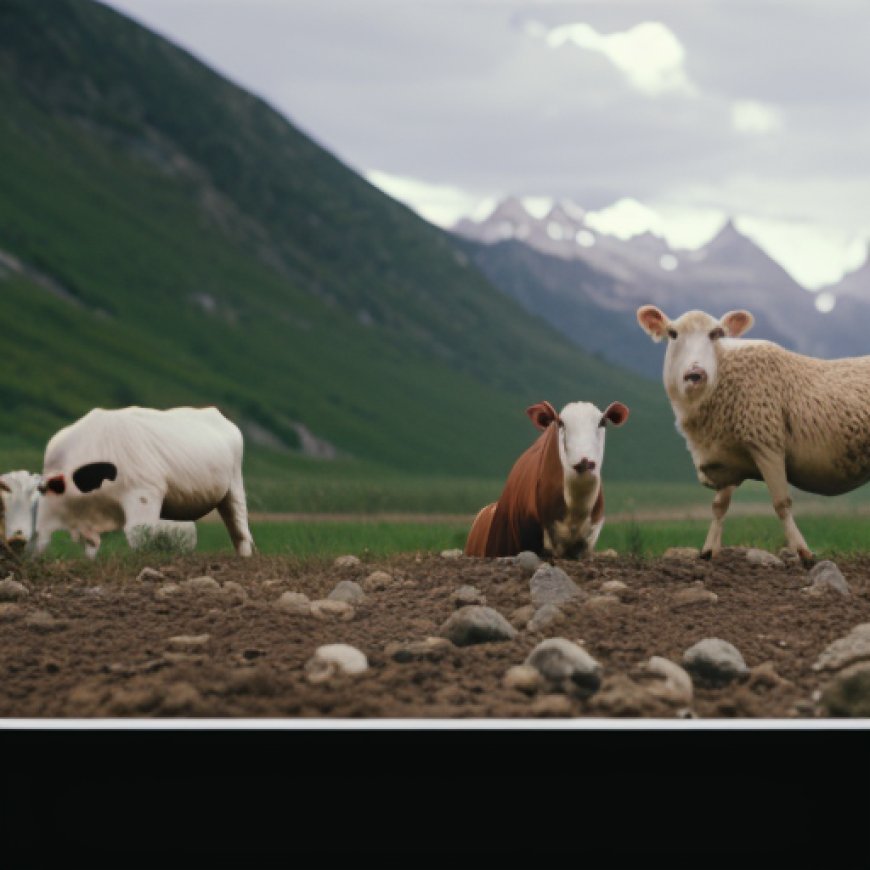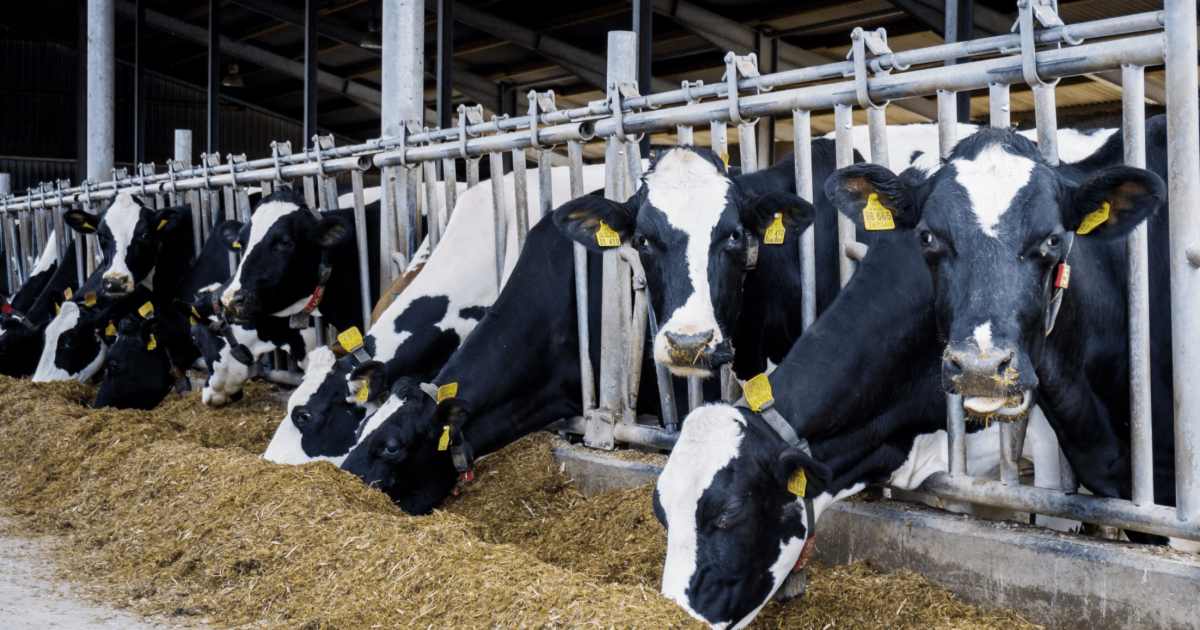Why aren’t we talking about the problem with animal agriculture? — Stone Pier Press
Why aren't we talking about the problem with animal agriculture? Stone Pier Press


Why aren’t we talking about the problem with animal agriculture?
Animal agriculture has a big climate impact but is seriously underreported in media, with profound consequences for the health of the planet.

Sustainable Development Goals (SDGs)
- Goal 13: Climate Action
- Goal 15: Life on Land
- Goal 12: Responsible Consumption and Production
- Goal 2: Zero Hunger
- Goal 3: Good Health and Well-being
Media Coverage of Animal Agriculture
Despite its significant climate impact and implications for sustainable development, animal agriculture receives limited media coverage. This lack of attention has serious consequences for the health of the planet and undermines efforts to achieve the Sustainable Development Goals (SDGs).
Climate Impact of Animal Agriculture
Animal agriculture is a major contributor to greenhouse gas emissions, deforestation, and water pollution. Livestock production accounts for a significant portion of global methane emissions, a potent greenhouse gas that contributes to climate change. Additionally, the expansion of animal agriculture leads to deforestation, as forests are cleared to make way for grazing land and feed crops. This deforestation further exacerbates climate change by reducing carbon sequestration and biodiversity.
Implications for Sustainable Development
The underreporting of animal agriculture in media hinders progress towards several SDGs. Goal 13, Climate Action, is directly impacted by the climate effects of animal agriculture. By addressing the environmental impact of livestock production, countries can take significant steps towards mitigating climate change.
Furthermore, Goal 15, Life on Land, is closely linked to animal agriculture. The expansion of livestock production often leads to habitat destruction and loss of biodiversity. Protecting and restoring ecosystems affected by animal agriculture is crucial for achieving this goal.
Goal 12, Responsible Consumption and Production, emphasizes the need for sustainable food systems. Animal agriculture, particularly intensive factory farming, raises concerns about animal welfare, antibiotic resistance, and the excessive use of natural resources. By promoting sustainable and ethical practices in animal agriculture, countries can contribute to responsible consumption and production.
In addition, Goal 2, Zero Hunger, and Goal 3, Good Health and Well-being, are intertwined with animal agriculture. Livestock production competes for resources that could be used to produce food for human consumption. Moreover, the consumption of animal products has been linked to various health issues, including heart disease and certain types of cancer. Addressing the environmental and health impacts of animal agriculture is essential for achieving these goals.
Conclusion
The limited media coverage of animal agriculture is a significant barrier to addressing its climate impact and achieving the SDGs. By increasing awareness and promoting sustainable practices in animal agriculture, we can work towards a more sustainable and resilient future for our planet.
SDGs, Targets, and Indicators Analysis
1. Which SDGs are addressed or connected to the issues highlighted in the article?
- SDG 13: Climate Action
- SDG 15: Life on Land
The article discusses the problem with animal agriculture and its big climate impact, which connects to SDG 13 on Climate Action. It also mentions the consequences for the health of the planet, which relates to SDG 15 on Life on Land.
2. What specific targets under those SDGs can be identified based on the article’s content?
- SDG 13.2: Integrate climate change measures into national policies, strategies, and planning.
- SDG 15.5: Take urgent and significant action to reduce the degradation of natural habitats, halt the loss of biodiversity, and protect and prevent the extinction of threatened species.
The article highlights the need to address the climate impact of animal agriculture through national policies and planning, aligning with SDG 13.2. It also emphasizes the importance of reducing the degradation of natural habitats and protecting threatened species, aligning with SDG 15.5.
3. Are there any indicators mentioned or implied in the article that can be used to measure progress towards the identified targets?
- Indicator for SDG 13.2: Number of countries with climate change adaptation and mitigation strategies integrated into national policies, plans, and initiatives.
- Indicator for SDG 15.5: Extent of coverage and effectiveness of protected areas in relation to marine areas.
The article does not explicitly mention specific indicators. However, to measure progress towards SDG 13.2, the number of countries with integrated climate change strategies can be tracked. For SDG 15.5, the extent and effectiveness of protected areas, particularly in marine areas, can be measured to assess progress in reducing habitat degradation and protecting threatened species.
4. Table: SDGs, Targets, and Indicators
| SDGs | Targets | Indicators |
|---|---|---|
| SDG 13: Climate Action | 13.2: Integrate climate change measures into national policies, strategies, and planning. | Number of countries with climate change adaptation and mitigation strategies integrated into national policies, plans, and initiatives. |
| SDG 15: Life on Land | 15.5: Take urgent and significant action to reduce the degradation of natural habitats, halt the loss of biodiversity, and protect and prevent the extinction of threatened species. | Extent of coverage and effectiveness of protected areas in relation to marine areas. |
Behold! This splendid article springs forth from the wellspring of knowledge, shaped by a wondrous proprietary AI technology that delved into a vast ocean of data, illuminating the path towards the Sustainable Development Goals. Remember that all rights are reserved by SDG Investors LLC, empowering us to champion progress together.
Source: stonepierpress.org

Join us, as fellow seekers of change, on a transformative journey at https://sdgtalks.ai/welcome, where you can become a member and actively contribute to shaping a brighter future.







